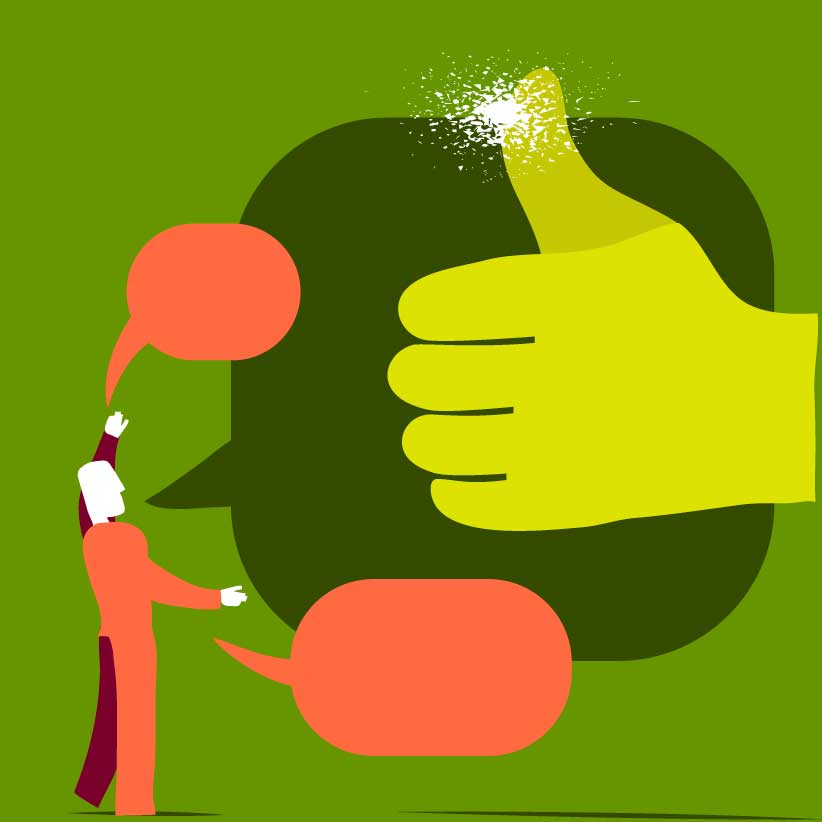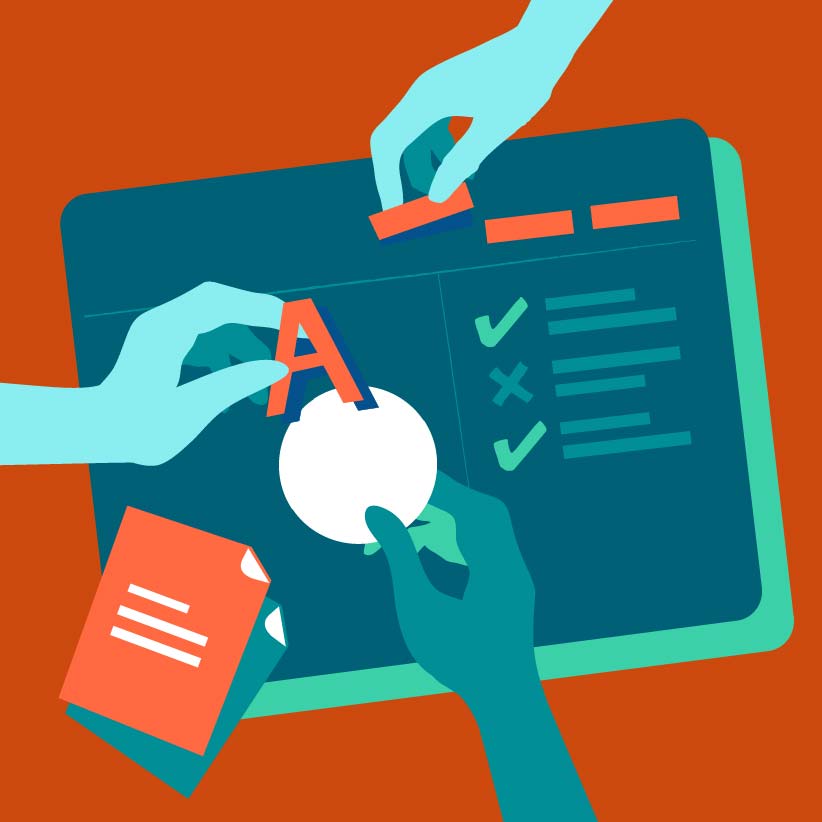Sketches: Sketching as an Ideation Tool in Design
Explore what a sketch is and its fundamental role in the design process. Learn how this preliminary tool helps visualize ideas and refine concepts.
In this guide you will find:
What is a sketch?
A sketch is a preliminary, low-fidelity graphic representation used to explore, develop, and communicate design ideas. It is not a final piece but a visual thinking tool. Its primary purpose is to materialize concepts quickly and inexpensively, allowing for evaluation and iteration in the initial stages of a creative project. Sketching is one of the fundamental disciplines in the applied creativity process.
What is the purpose of sketching in a design process?
The act of sketching is not simply "drawing pretty," but a crucial methodological phase with clear strategic objectives. It primarily serves to:
- Divergent Exploration: It allows for the generation of a large volume of different ideas and approaches without the commitment or cost of a detailed design.
- Concept Validation: It helps to quickly identify which ideas are promising and which should be discarded, optimizing project time.
- Communication with the Team and Client: A sketch is an effective dialogue tool for aligning visions and obtaining early feedback before investing hours in digital execution.
- Structuring Thought: The act of drawing forces the organization of ideas and preliminary decisions about hierarchy, composition, and flow.
In which design disciplines is sketching used?
Sketching is an indispensable cross-disciplinary skill in virtually all areas of design. Its application varies depending on the discipline:
- Brand Design: It is used to explore dozens of concepts for a graphic mark, testing different typologies, compositions, and visual metaphors.
- User Experience (UX): It manifests in the form of wireframes and storyboards, which define the structure and flow of a digital interface before any visual design.
- Industrial Design: It is essential for exploring the form, ergonomics, and functionality of a physical product.
- Editorial Design: It is used to lay out the structure of a publication (grid, hierarchy) before working with the final content.
What is the history of the sketch?
Throughout history, sketches have been an essential element in the world of art and design. From the first strokes of our ancestors to the current digital era, they have played a fundamental role in materializing ideas. Leonardo da Vinci's notebooks, filled with anatomical and engineering sketches, are perhaps the most iconic example of how the sketch functions as a visual thinking laboratory. These preliminary representations have served as the foundation for masterpieces, from paintings and sculptures to architectural designs and digital creations.
How to use sketching effectively?
For sketching to be a truly productive tool, it is useful to follow certain methodological principles:
- Prioritize quantity over quality: In the initial phase, the goal is to generate many ideas, not a single perfect one. Don't worry about neatness.
- Use simple tools: A pencil and paper are often more effective than a digital tablet for quick, unrestricted exploration.
- Don't fall in love with the first idea: Force the exploration of multiple conceptual paths, even those that seem absurd at first.
- Annotate your ideas: Accompany your drawings with keywords and notes that explain the logic behind each sketch.
- Set a time limit (Timeboxing): Assign a fixed time for a sketching session (e.g., 25 minutes) to encourage fluency and avoid premature perfectionism.

How to build professional authority and overcome the problem of convincing the clients when presenting designs to them

